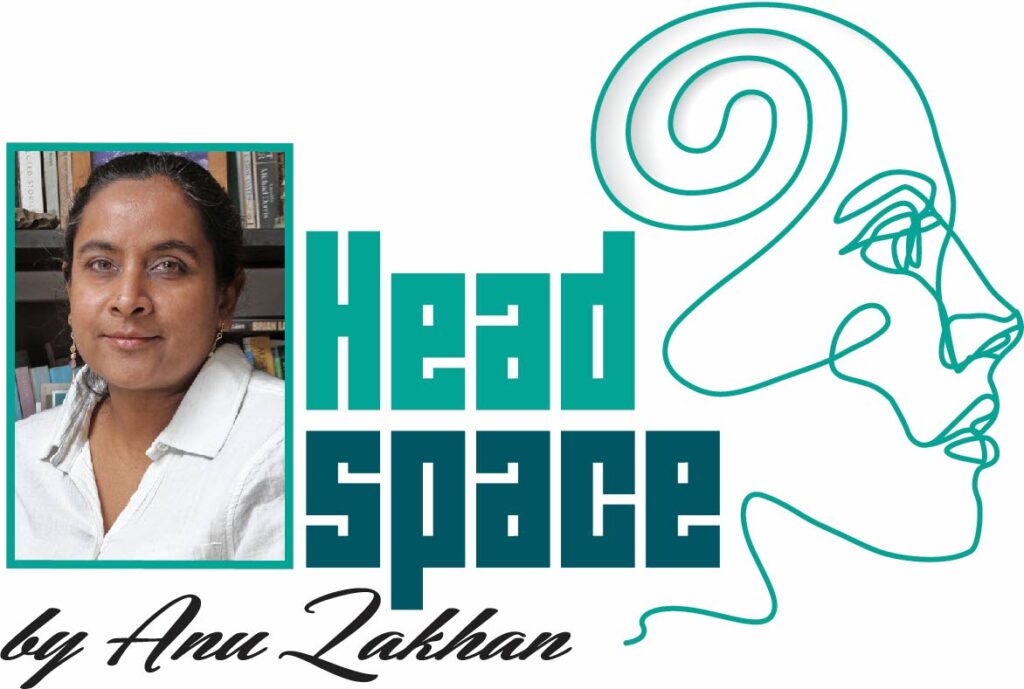Yesterday was World Suicide Prevention Day

Sustainable Developmental Goal Indicator 3: Good Health and Well-being.
Sustainable Developmental Goal Indicator 3.4.2: Suicide Mortality Rate.
For a while there I thought if I never heard another word about the SDGs it wouldn’t be soon enough. It’s not as if they are bad (because they are overtly on the side of good), but it’s the old problem of hearing too much about them.
Sometimes, when I hear too much about a thing, I go numb.
This also happens to people who are not me. Think about the way we accumulate news about wars or natural disasters. We pay attention for a while and then it stops registering as real (real humans, real deaths, real consequences, real pain). Then it’s just numbers.
But then, here’s a number for you: every 40 seconds, someone dies by suicide.
It will take you about 150 seconds to read this piece. A little more if I exceed my word limit or if you read slowly.
There are about 800,000 suicides per year, globally, say the UN, the CDC and PAHO. This figure is so extraordinarily terrible, it’s made policy-makers put suicide prevention into a framework for how we’re going to survive – and survive in – an often extraordinarily terrible world.
To reduce suicides by one third by 2030 is the goal.
Well, it’s certainly a goal. But if we’re still thinking and talking about suicide in so many wrong-headed, backward, unflinchingly uncaring ways, how dare we even hope?
“Every year, more people die as a result of suicide than HIV, malaria or breast cancer ̶ or war and homicide,” said a WHO article from last June.
If you were around and awake in the 80s, there’s a chance you thought everyone was going to die of HIV. Malaria has been taking us down for thousands of years. Things have changed, sure, but look at what suicide is in league with.
It’s never been easy to talk about this. We have to learn to shape the discussions differently. We have to change the language.
Some of that is already happening, like the shift away from describing people as having “committed” or “completed” suicide. In a story I’ve disgracefully lost track of, the writer said we’d never refer to someone as having “committed cancer.”
“Committed” sounds criminal – which suicide is in some countries, some in the Caribbean. (Because it’s not bad enough that you want to die, you should be vilified for it.) “Completed” sounds like: mission accomplished, here’s your certificate. (Because it’s not bad enough that you want to die, it should sound like a competitive sport.)
If your suicide attempt is thwarted or for some reason does not result in your death, you get stuck with “failed” or “not completed.” It is only now you realise, through these words, that you were taking an exam, not trying to end personal pain.
Suicide blaming and shaming has to be about as low as you can sink if you consider yourself human. Or just mammal, even. Even if you don’t want to think about the person who has died, or you hold certain beliefs that make you find their manner of death objectionable, consider their loved ones. They are the ones the shame/blame affects.
People suffering from mood disorders, especially depression, represent the largest group of suicide cases. The figures vary depending on whether you’re looking at people who have been in mental institutions or not. They may vary by country. They may vary by age.
People who suffer from schizophrenia, personality disorders and substance-abuse disorders also make up large numbers. In fact, all sorts of mental health ills can lead to suicide.
The other thing that can lead to suicide is life. Poverty, abuse, trauma can do it. We don’t need diagnoses for these. Whether it’s covid or crime, fear of job loss or divorce, things can get so bad that you – you the healthy, you of uncompromised mind – even you might die by suicide.
To help countries meet the goal of reducing suicides, the WHO presented its LIVE LIFE approach in 2021. It conceived four strategies. Lifted straight from its website, these are: limiting access to the means of suicide, such as highly hazardous pesticides and firearms; educating the media on responsible reporting of suicide; fostering socio-emotional life skills in adolescents; and early identification, assessment, management and follow-up of anyone affected by suicidal thoughts and behaviour.
You’ve been reading for maybe two and a half minutes. What was it again? One every 40 seconds?
Remember to talk to your doctor or therapist if you want to know more about what you read here. In many cases, there’s no single solution or diagnosis to a mental health concern. Many people suffer from more than one condition.


Comments
"Yesterday was World Suicide Prevention Day"